Familiarize yourself with your camera, learn the exposure triangle, learn composition rules, and then learn everything else (visual story telling, color theory, etc.)… This has been the order of things since the beginning of photography, it’s a sort of rite of passage for photographers. It’s backwards. Before you light your torches and arm yourself with a pitch fork, please hear me out. Like you, I started this very same way. Everything I read told me I should be focused on my camera, the settings, and how to expose a scene properly… So I did. For years I was focused on creating technically perfect photographs instead of creating photographs people cared about, photographs I cared about. Now, I know the truth.
Visual Storytelling
Communication using visual elementsDisclaimer: This article is not an excuse to forgo learning the relationship between ISO, shutter speed, and aperture. There is no substitute for the creative freedom that manually controlling your camera allows. I’m simply proposing that the order you learn these things is backwards.
Our approach to learning photography is out of date. The reason it made so much sense to first learn the relationship between shutter speed, ISO, and aperture 20 years ago was because cameras were manual and required you to adjust these things to create an image that was adequately exposed. Fast-forward 20 years and we have cell phones that can expose an image almost perfectly, with little to no manual adjustments… A CELL PHONE! Almost every camera sold today comes with some sort of auto mode… In fact, I would bet that 99.9% of the cameras that beginner photographers purchase have a completely automatic mode. Embrace it! Yeah, you heard me right (keep reading to find out why).
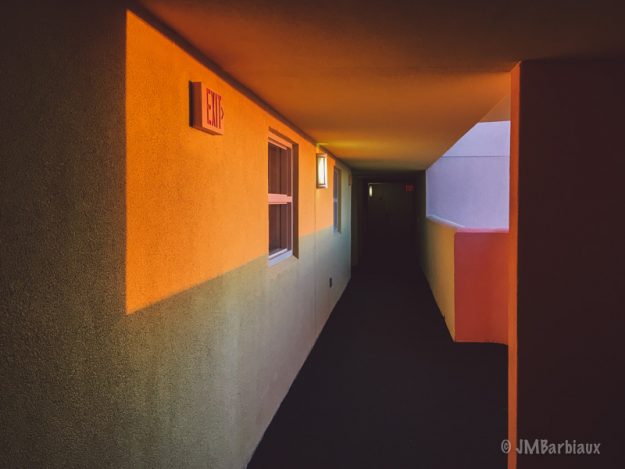 Shot on the iPhone with the native camera application
Shot on the iPhone with the native camera application
Trust me, you’ll visit a blog or forum someplace where somebody is bragging about shooting in completely manual mode as if it makes them a better photographer (it doesn’t) and you’ll feel like you need to do the same in order to be any good. Bull. There are smart phone photographers out there that shoot in automatic mode, using the native camera app that came with their phone, that are better than you and me. I don’t care who you are. I would bet my website on this. So what is the right order?
I would challenge you to start your journey by familiarizing yourself with good visual story telling, then composition, and then focus on the exposure triangle. The technical aspects of your camera and the exposure triangle are immensely important once you learn the basics of good composition and story telling. Yeah, you read that right… I’m proposing that you flip what you know about learning photography right on its head. Why?
The Benefits Of Approaching Photography “Backwards”
Learning photography in this order will better keep photographers interest, help us progress more quickly, and save precious hard-drive space.
Interest
When we start our photography journey by focusing on the technical aspects of exposing a photograph many photographers simply don’t progress beyond this entry point. You see, not many people start photography because they have a passion for an intimate knowledge of the relationship between ISO, shutter speed, and aperture. No, many of us pick up a camera because of our desire to create beautiful art, capture intimate moments, or document important things. So why would we start our journey doing something that has a tendency to eventually dis-incentivize many of us?
By starting with the “fun stuff” there is a good chance that one would progress more quickly and stay inspired as they learn the ropes. Think back to when you were in school and you’d have some classes you seemed to just get and others you struggled through. Typically, if you are interested in a subject you tend to be able to learn it more quickly and retain the information longer because you pay closer attention to it. If you take a class that bores the crap out of you, lets just call it Algebra, you’ll likely have to study much harder and may not retain the information long after you study it because of your lack of interest/attention.
Before you start lobbing bricks through my virtual window I feel like it is worth noting that this article is meant for beginner photographers. I’m certainly not proposing that you forget what you know about manually controlling your camera and shoot in auto mode.
Speed
The speed at which you progress as a photographer will be much faster if you start with the fundamentals of visual storytelling and composition, then learn the exposure triangle and the intricacies of your camera. There are plenty of veteran professional photographers who will own up to only knowing about 10% of what their camera can do… And yet they are better known than you and I may ever be. They are well-known because they know how to create images that people care about.
When was the last time you saw an amazing image and cared what the photographers settings were (unless you wanted to try to replicate it) or if they shot in auto or manual mode? I promise you that the general public doesn’t give a deer fart whether you shot in auto or manual mode when they look at your photographs. Instagram doesn’t care. Facebook doesn’t care. All anyone cares about is whether the photograph moves them or not.
Hard-Drive Space
Let me speak to the veterans out there for a moment… How many of you remember having thousands of crappy photos clogging up your hard-drive from when you were learning the relationship between your shutter speed, aperture, and ISO? I can’t tell you how many under and over exposed images I had… Or perfectly composed, sharp images of boring crap that nobody cares about. Many.
Conclusion
Photography is art. Learn the art of it before you dive into the technical aspects. You’ll find that as you progress as a photographer you’ll need to pick up the technical aspects along the way. Once you start hitting the ceiling of what your camera can do in one of its many auto modes you can start to focus on manually controlling it to squeeze more potential out of it. You’d be surprised at how many photographers spend years learning how to use their camera while creating images that never needed more than the auto mode. Now imagine if they’d spend those years learning about the actual art of photography…
Stay tuned to PhotolisticLife for upcoming articles on Visual Storytelling and other techniques to improve your photography beyond the basics. Feel free to leave your thoughts in the comments section below.

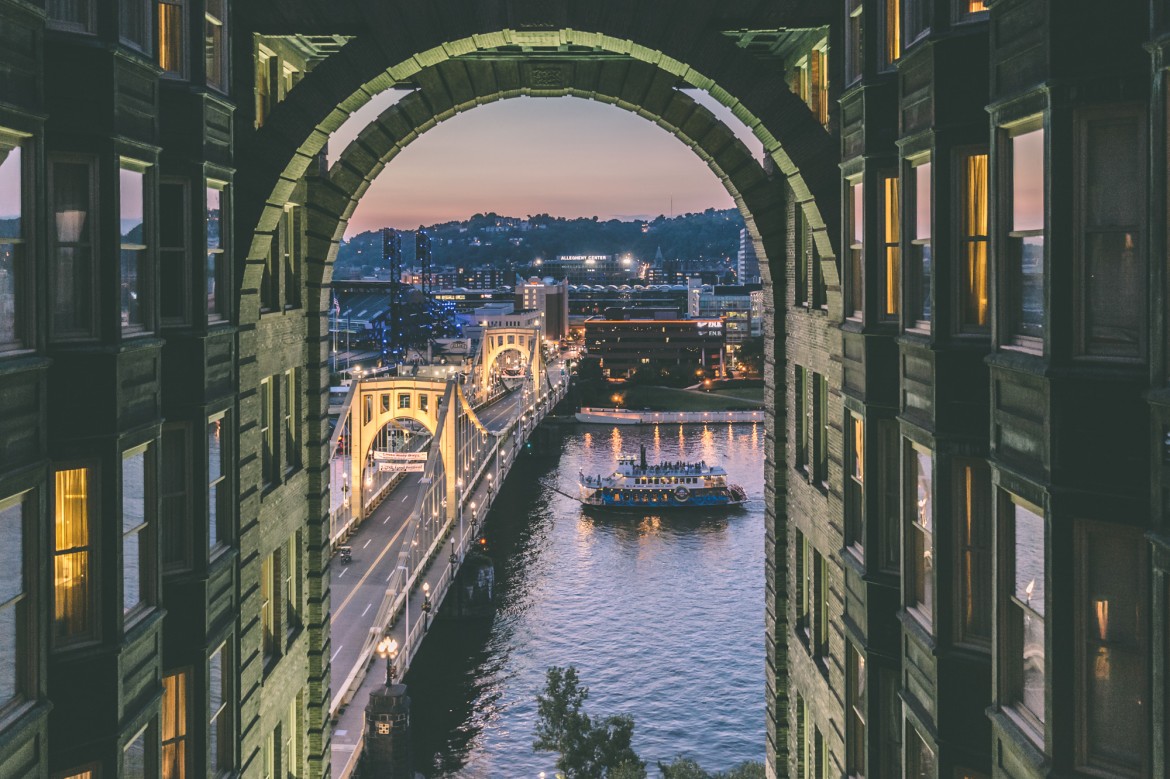
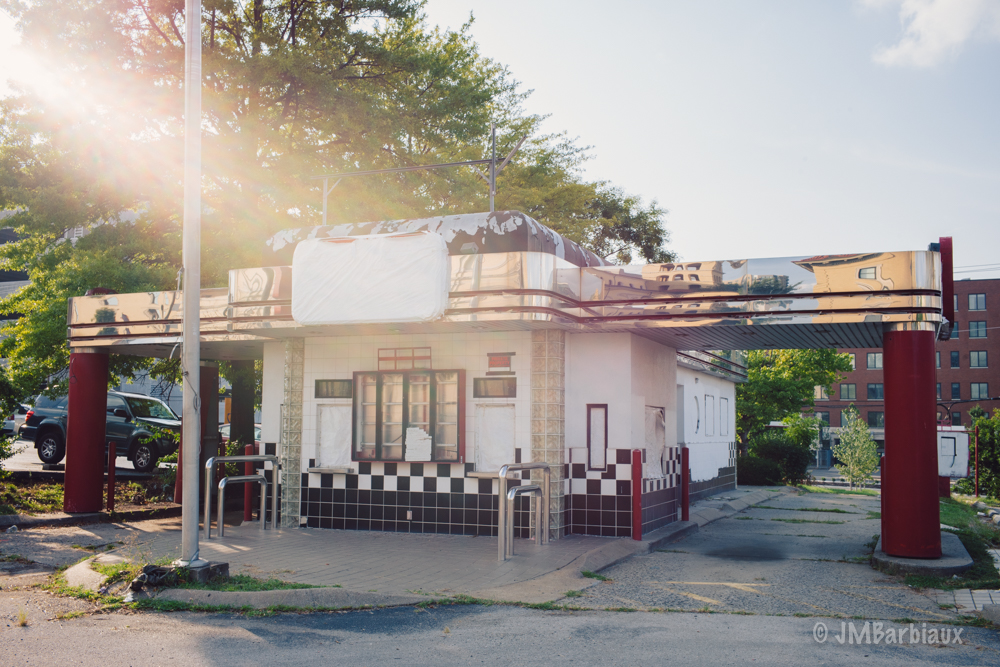
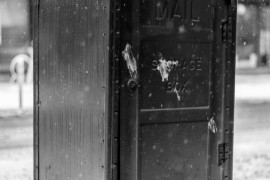
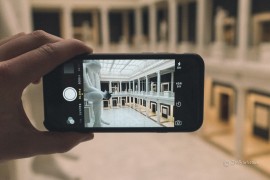
I’ve been teaching this way for the past 10 years since taking up Digital photography. My high school students who progress past the level one course then have a great idea as to composition and seeing that is so important to their success. Once they have this hook then they learn about the mechanics of the camera. Yes they then learn about the creative use of the camera controls as they then have the desire to really advance their images to the next level.
Awesome! Thank you for sharing. They are lucky to have you.
Ok, so any recommended reading materials? Just got a Nikon and learning the camera, teach me how to tell the story. Thx
Paul, Sorry for the delay. The best reading material I’ve found is photo books by established street photographers like Robert Frank, Andre Kertesz, Saul Leiter, Constatine Manos, and my personal favorite Alex Webb. Depending on your desired genre of photography you can find photographers you like doing whatever it is you’d like to pursue. I’m a big advocate that no matter what genre of photography you decide on you should at least spend some time studying the street photographers because they are experts at telling stories with their photography. Hope that helps!
Have to say I agree with this. Unless you learn on film like I did, I think this flipped approach makes the most sense. In fact, I wish I didn’t feel pressured to include technical specs every time I post a photo online these days as that misses the point in my mind.
Thanks
As an ameteur photographer this makes perfect sense to me. I want to capture the moment and use Auto mode because I know I will get pretty close to what I am tryjng to capture. If I have time I play with settings but in most cases I focus on the composition.
Gordon
I agree with your approach to learning photography today. When I was learning photography as a teenager in the early 70’s, I borrowed my father’s rangefinder. It didn’t have a light meter and I had to quickly learn the exposure triangle.
Fast forward almost half a century later, when my 7-year old granddaughter showed more than a passing interest in photography, she had been playing around with smartphone and my point & shoot camera, I decided to put my DSLR in her hands. The only instruction that I gave her was “Gently press the button until you hear a beep to tell you that it is in focus. Then squeeze it fully to take the shot”.
I put the camera on P mode and I let her free to create her own stories through her photos and the results are truly amazing! I’m not going to bother her with composition rules or depth of field or exposure triangle yet. Just let her have fun creating.
The thought that has inspired me is: a photographer can create a great image with ANY kind of camera. You just need to learn the limits and range of your tools. Imagine what the talents of Henri Cartier-Bresson, Elliot Erwitt or Robert Capa could have captured with an iPhone. Probably no less interesting that what they got with their Leicas or Rollies!
So, yes, I agree with this premise. I do love to tinker with the settings and see how much further I can achieve my vision with the tools at my disposal. Current technology is fantastic, but nothing can replace your eye and your vision.
I am old skool and stay old skool –
If you’re not willing to learn about the exposure triangle and how each component will influence the other then all of your images will stay ‘lucky shots’ and will keep you from progressing in your photography.
Those with no ‘eye’ for reading light will never be able to do so and so they will not get anymore creative with keeping their camera on ‘Auto Everything’ neither. Composition has always been key.
Knowing what you do and how a camera / lenses works is key to learn the ‘tricks’. So not each image comes down to a lucky shot.
I appreciate your feedback. I think you’ll find that my article addresses your concern. By switching the order you aren’t forgoing the need to learn the exposure triangle. I even made a point to mention that two or three times. You’re simply focusing on composition and visual story telling first. To each his or her own. Enjoy.
Eva, just out of curiosity – did you read the entire article before commenting? I was leaning toward your point of view until I read through to the end.
John, I think your ideas are great. A technically perfect photo of crap is still a photo of crap. Sharing what you SEE is more important.
Thank you!
I totally agree with the premise. After 45 years at this, composition is still the most challenging aspect of photography for me. Except for certain situations, I’ve recently started shooting in auto mode so I can focus more on what’s in my viewfinder than what’s in the menu.